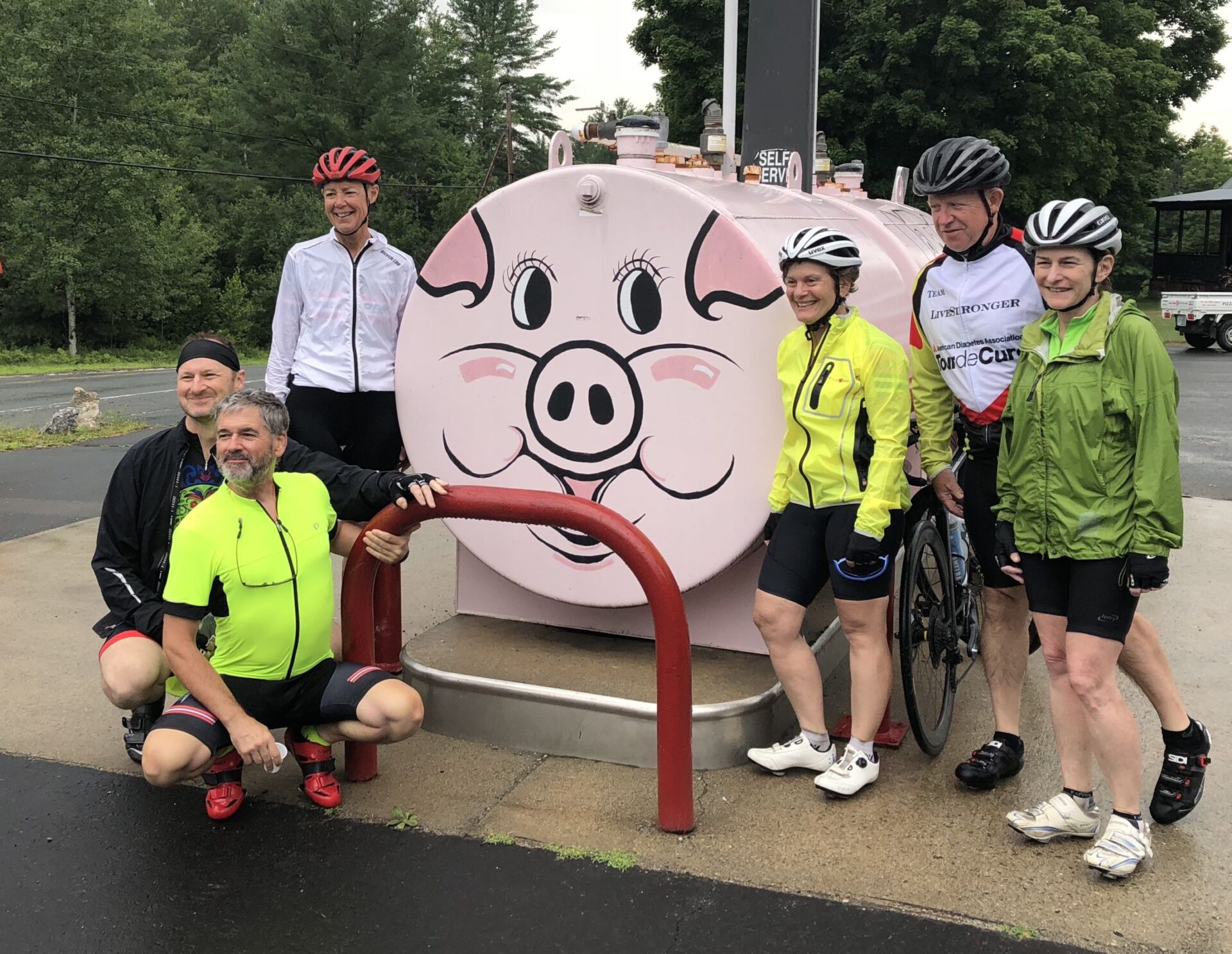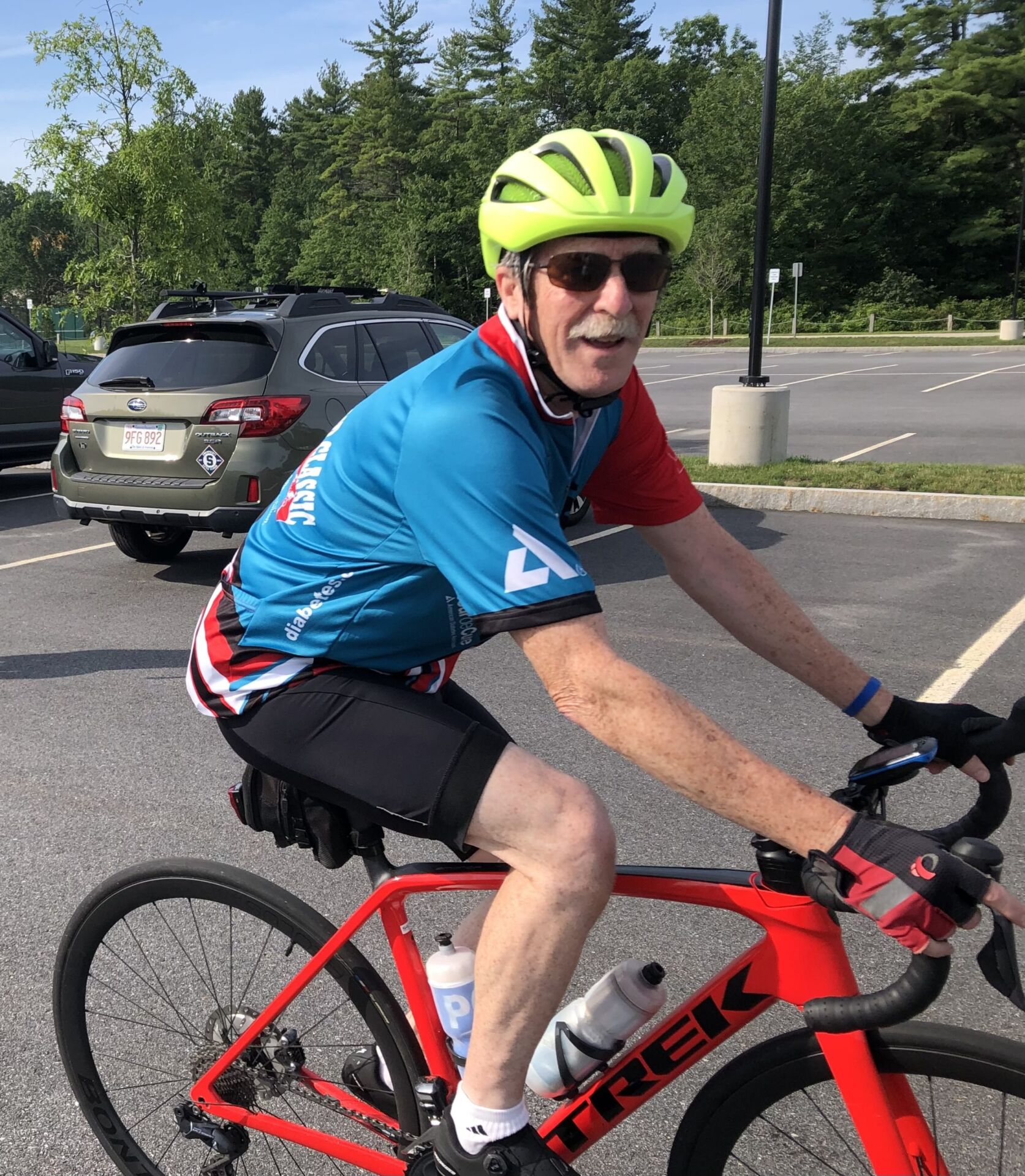Choosing between the NEC 150 and the NEC 550 depends on a number of factors, including the amount of time you can take off from work or home responsibilities, your ability to fundraise, the physical shape you’re in, the shape your bike is in, and your training level.
We encourage you to challenge yourself, but you need to be realistic about your situation. To help you decide, here are some of the major ways the two rides differ.

The NEC 150
The fundraising minimum for this event is $600. The NEC 150 comprises the first two days (Saturday and Sunday) of the New England Classic. The route is approximately 150 miles, with roughly 80 miles of riding on Day One and about 70 miles on Day Two. The terrain isn’t flat because there are numerous rolling hills along the way, but there are no mountains to climb. You will enjoy many miles of gorgeous New England coastline, including a rest stop at Nubble Light in York, Maine, on Day Two.
The ride starts in Bedford, Massachusetts, and goes up the coast into New Hampshire. Day One ends at the University of New Hampshire in Durham. Day Two takes you from Durham onto back roads that wind their way into Maine with a finish at the University of New England in Biddeford, Maine.
Showers and towels are available for two-day NEC 150 riders, and everyone eats dinner in the UNE cafeteria. After dinner, NEC 150 participants board a coach bus, while their bikes are loaded into a truck for transport. We all wave goodbye, and the NEC 150 riders are taken back to Bedford, where they all decide to come for the entire seven days next year!
The NEC 550
The minimum fundraising requirement for the seven-day ride is $3,000. It starts on a Saturday morning and ends on a Friday afternoon, so you will have the weekend after the ride to recover (which you will appreciate).
Days Three, Four, Five, Six and Seven of the New England Classic will challenge you! You will ride through the White Mountains of New Hampshire and along the scenic back roads and byways of Vermont. You may have already heard this, but “Vermont Ain’t Flat.” One of the days (usually Day Four) will be a century, while the other days will range between 55 and 85 miles.
We are planning to include an optional “rest” day in the middle of the week, and the “Boost Bus” will be there to transport resting participants to that day’s destination. But if you are determined to ride every mile, you will have done 550 miles or more by the time we cross the finish line on Day 7.
You’ll be rewarded for your efforts, of course. There will be grand sweeping views, incredible descents, and all the bananas, watermelon and Gatorade you can possibly consume. You can eat as much as you want at both breakfast and dinner and enjoy overnight stays at some awesome accommodations.
Proper preparation and training are critical to making the NEC challenge an enjoyable experience. Adequate time in the saddle prior to the start of the ride is important.
For the 150-mile, two-day, option, we recommend having 250 – 500 miles of riding in your legs, with rides of at least 50 miles on back-to-back days. For those choosing the 550-mile, seven-day option, we recommend having at least 500 miles in your legs, with rides of 50 miles on back-to-back days.


If you have not already done so, going to your local bike shop for a “bike fit” is highly recommended. During the NEC you are likely to spend 6 hours or more in the saddle on most days. Doing that on an ill-fitted bike increases the probability of developing aches and pains.
One longtime NEC rider likes to say, “spin to grin.” Pedaling or “spinning” with a proper cadence makes a big difference in your endurance and comfort on a long ride. Spinning with a higher cadence relies more on your cardiovascular system, which can recover in the course of a single day. “Mashing” or pedaling with a lower cadence in bigger gears relies more on your muscles, which take much longer to recover. Finding the cadence that works for you is something to think about and practice during your rides training for the NEC.
Finally, 6-plus hours in the saddle does create the opportunity for chafing. Use of a proper cream or ointment, both before your ride and after your post-ride shower, is essential. Products with zinc oxide help your skin recover. Consider something along the lines of Desitin – it works on baby bottoms, just think what it can do for you.
And to paraphrase Brooke Shields, nothing should come between you and your cycling shorts. Trust us, under garments are a no-no when cycling.

